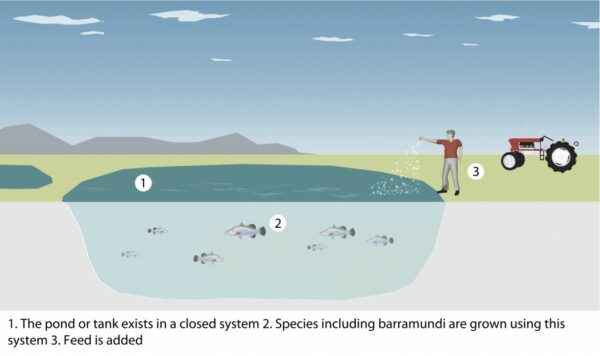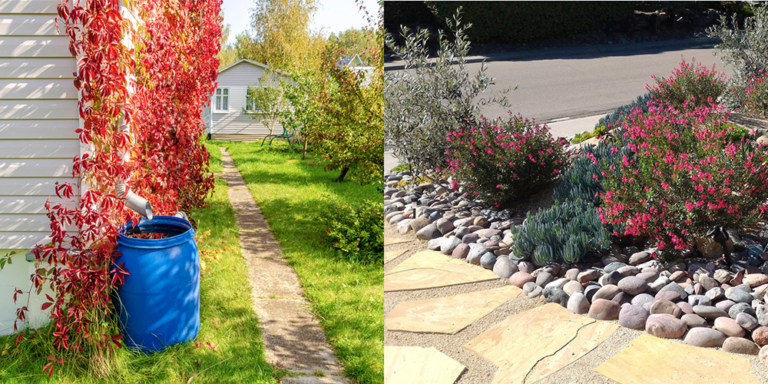Increases in food and fuel prices, extreme weather caused by climate change, crop diseases, pest attacks, and epidemics have added to the current world food crisis.
To combat the crisis, we need new sustainable food solutions, and researchers may have found one: shipworms.
These wriggly critters look as appealing as they sound. But if it helps, shipworms aren’t actually worms.
Shipworms belong to the Teredinidae family of saltwater clams, characterized by their long, soft, naked bodies.
Shipworms are bivalves, a mollusc species that usually have a two-part hinged shell covering their body.
Shipworms are the exception because these saltwater clams don’t have shells.
Because shipworms don’t put energy into growing shells, they grow much faster than other molluscs like oysters and mussels, which can take two years to reach maturity.
In fact, shipworms are the world’s fastest-growing bivalves and can reach 30 centimetres long in just six months.

From Pests To Palate Pleasers?
For centuries, molluscs have been considered marine pests because they eat through wood submerged in seawater.

Shipworms’ favourite meals include ships, piers, and docks.
These pests are responsible for sinking hundreds of ships throughout history, including at least two of Christopher Columbus’ ships.
However, researchers at the Universities of Cambridge and Plymouth in England hope to rebrand shipworms as a nutritious food solution.
A report published by the two universities shows that shipworms are a fabulous seafood alternative with a low environmental impact.
In addition to growing rapidly, shipworms are packed with protein, contain higher levels of vitamin B12 than other bivalves and can be altered to include healthy omega-3s.
Vitamin B12 and omega-3 help keep our body’s blood, nerve cells, and heart healthy.
Believe it or not, eating shipworms is nothing new. People in the Philippines eat wild shipworms raw or battered and fried like calamari.
Dr. David Willer, Henslow Research Fellow at the University of Cambridge’s Department of Zoology and first author of the report, says shipworms taste like oysters.
Dr. Willer and his team hope shipworms can turned into white meat substitutes in processed foods like fish cakes and fingers.
But the researchers knew they wouldn’t get far trying to promote something called “shipworms.”
A New Name for the Menu?
The team renamed the worm-like molluscs Naked Clams to solve the ‘worm’ problem.
To study the Naked Clams, the team built a closed aquaculture system that can be controlled.
A closed aquaculture system is an enclosed space used to farm aquatic species. In this case, the researchers are farming Naked Clams in a tank system.
Farming Naked Clams in a closed aquaculture system eliminates water quality and food safety issues often associated with oysters and mussels farmed in semi-closed or open aquaculture systems.
A closed aquaculture system allows Naked Clams to be farmed in urban settings, far away from the sea. Farming Naked Clams also has a low environmental impact.

“Naked Clam aquaculture has never been attempted before. We’re growing them using wood that would otherwise go to landfill or be recycled to produce food that’s high in protein and essential nutrients,” explained Dr. Willer.
Dr. Reuben Shipway, at the University of Plymouth’s School of Biological & Marine Sciences and senior author of the report, has high hopes for Naked Clams.
“We urgently need alternative food sources that provide the micronutrient-rich profile of meat and fish but without the environmental cost…Switching from eating beef burgers to Naked Clam nuggets may well become a fantastic way to reduce your carbon footprint,” said Dr. Shipway.
The researchers are now testing different waste wood and algae feed types in their system to speed up Naked Clam growth, nutritional profile, and taste.
If you need some time to digest the thought of Naked Clams in your diet, fret not. You likely won’t see the molluscs on a menu anytime soon.
But as the threats of climate change and the global food crisis grow, we need to consider more sustainable food solutions.
And if we could farm Naked Clams here in Alberta, far from the ocean, then why not?
Imagine Alberta farming both beef and clams: local “surf and turf,” anyone?






